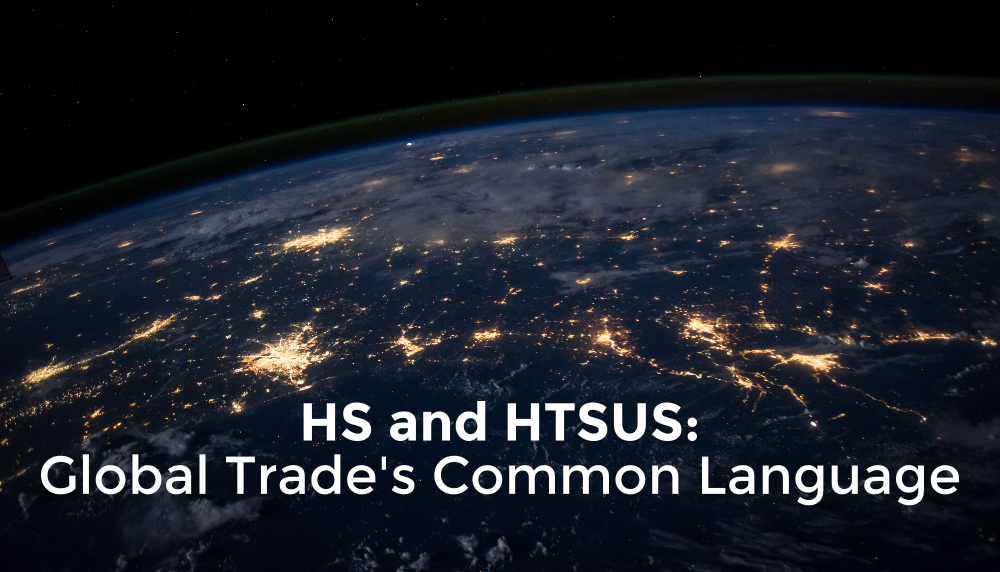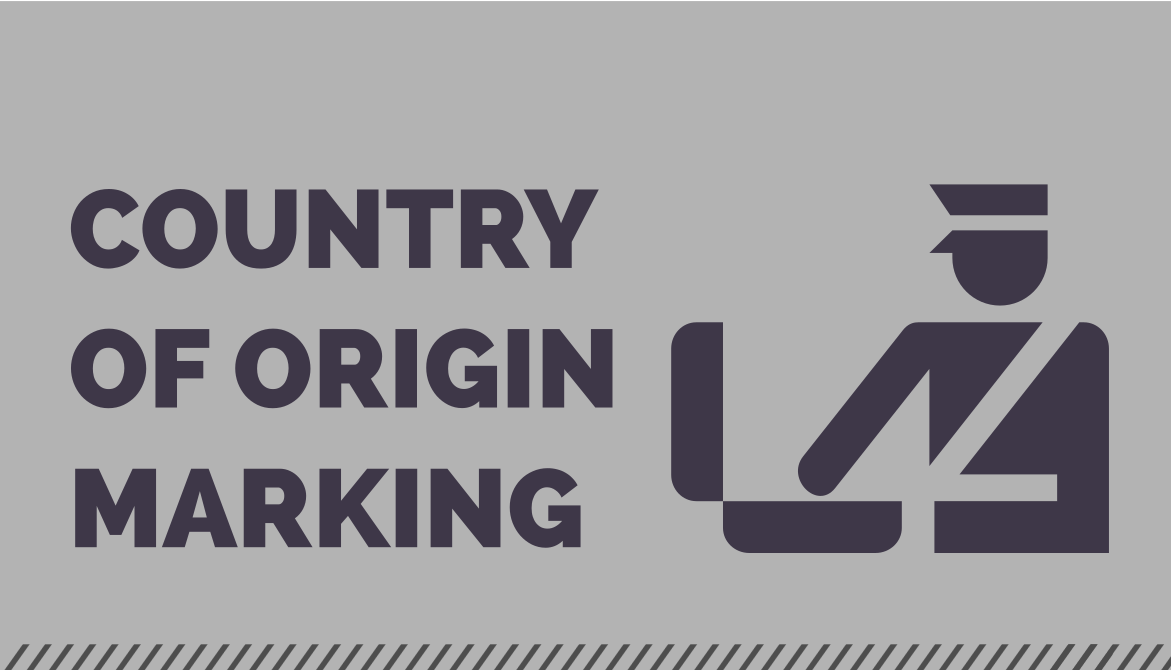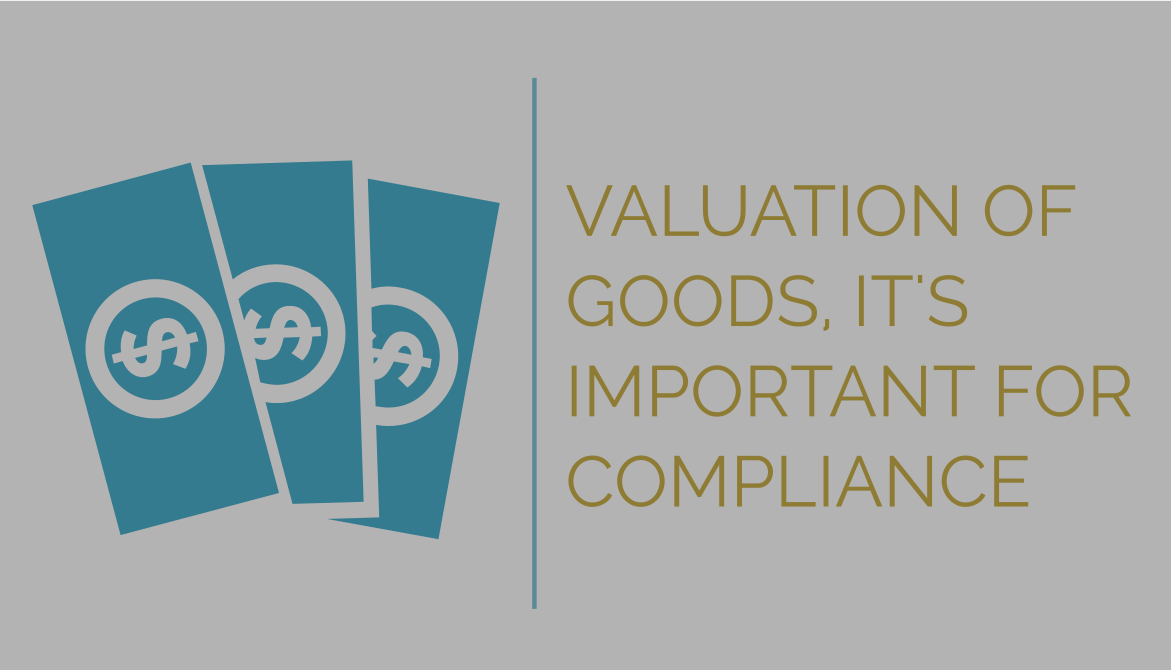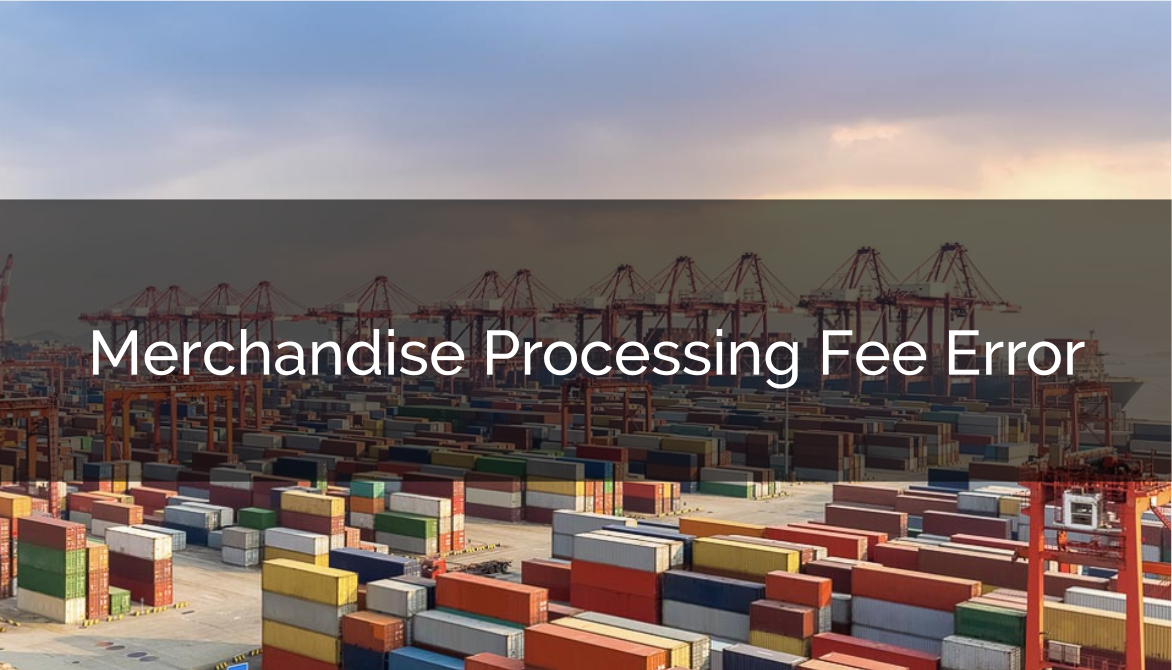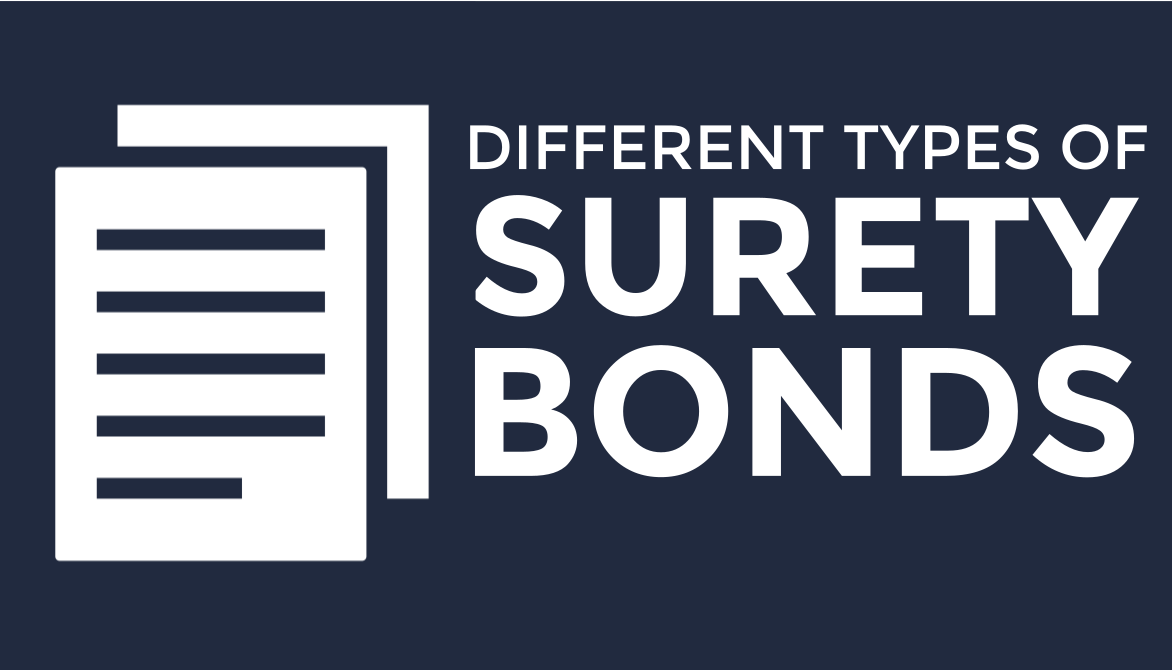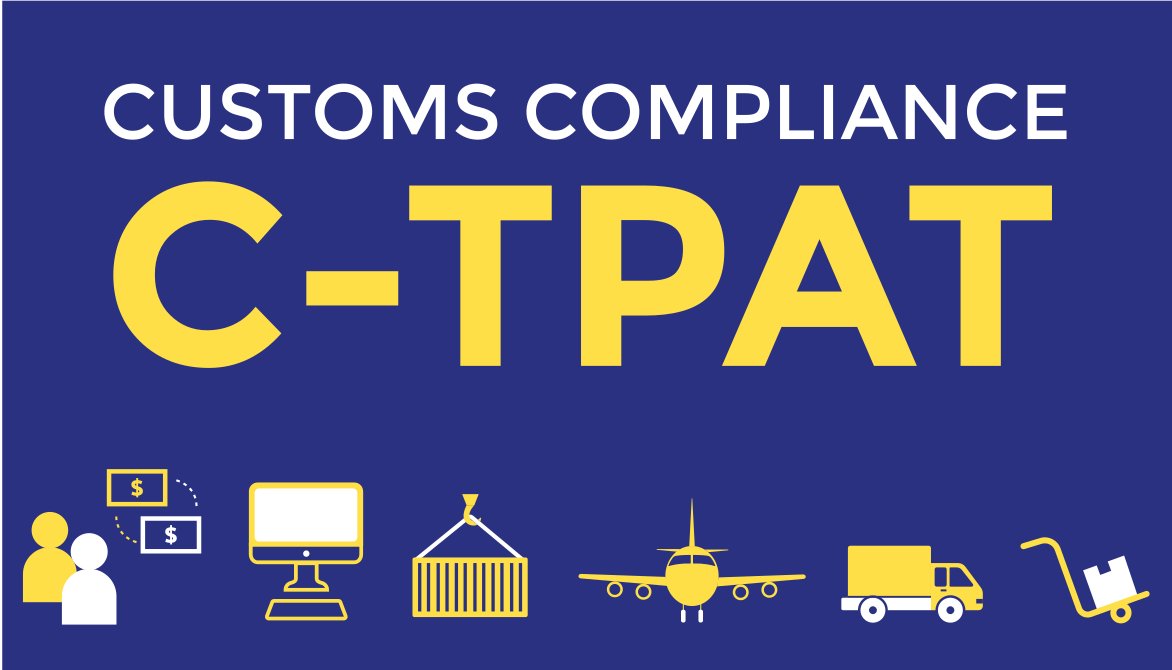Classification can be an intimidating part of importing. So getting to know your HS and/or HTSUS codes is an important step to becoming a compliant importer. Accurate and straightforward...
compliance
Looking for something specific?
Search our entire database to find the answers you seek. If you can't find an existing post, reach out and let us know!
Follow Us!
Country of Origin Marking
For importers, many countries require a mark associated with the Country of Origin as an element of Customs compliance that must be adhered to. The origin marking practice began in the World War II...
Valuation of Goods, It’s Important for Compliance
Valuation of goods is an important aspect of filing requirements when importing goods into the United States. Customs and Border Protection (CBP) must be provided not only with the classification of...
Merchandise Processing Fee Error
It is important to maintain a vigilant approach to supply chain compliance because as we have seen in the errors of Merchandise Processing Fee increases, mistakes can manifest themselves at any...
Surety Bond Types
Many of these bonds are government requirements, and some are optional risk management tools. We’re will describe a few of the most common types of surety bonds, and how they operate in a real-world...
Customs Compliance: C-TPAT
The Customs-Trade Partnership Against Terrorism, affectionately known as C-TPAT, is a program US Customs and Border Protection (CBP) launched in order to better protect Americans, while still...
The International Compliance Professionals Association (ICPA)
The International Compliance Professionals Association (ICPA) is the only international trade organization giving a voice to the U.S. importer/exporter. The ICPA is a tight-knit group of 2,000+...

